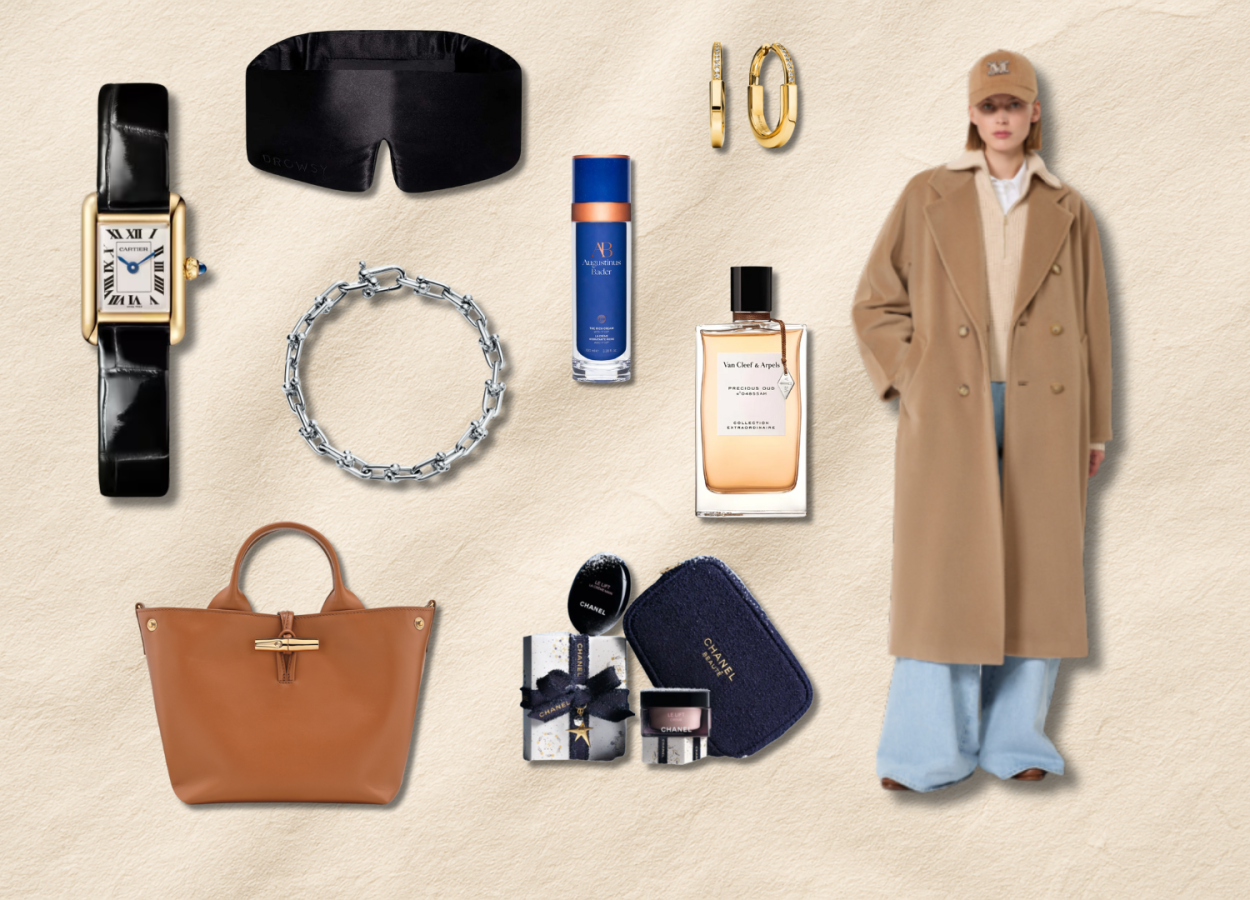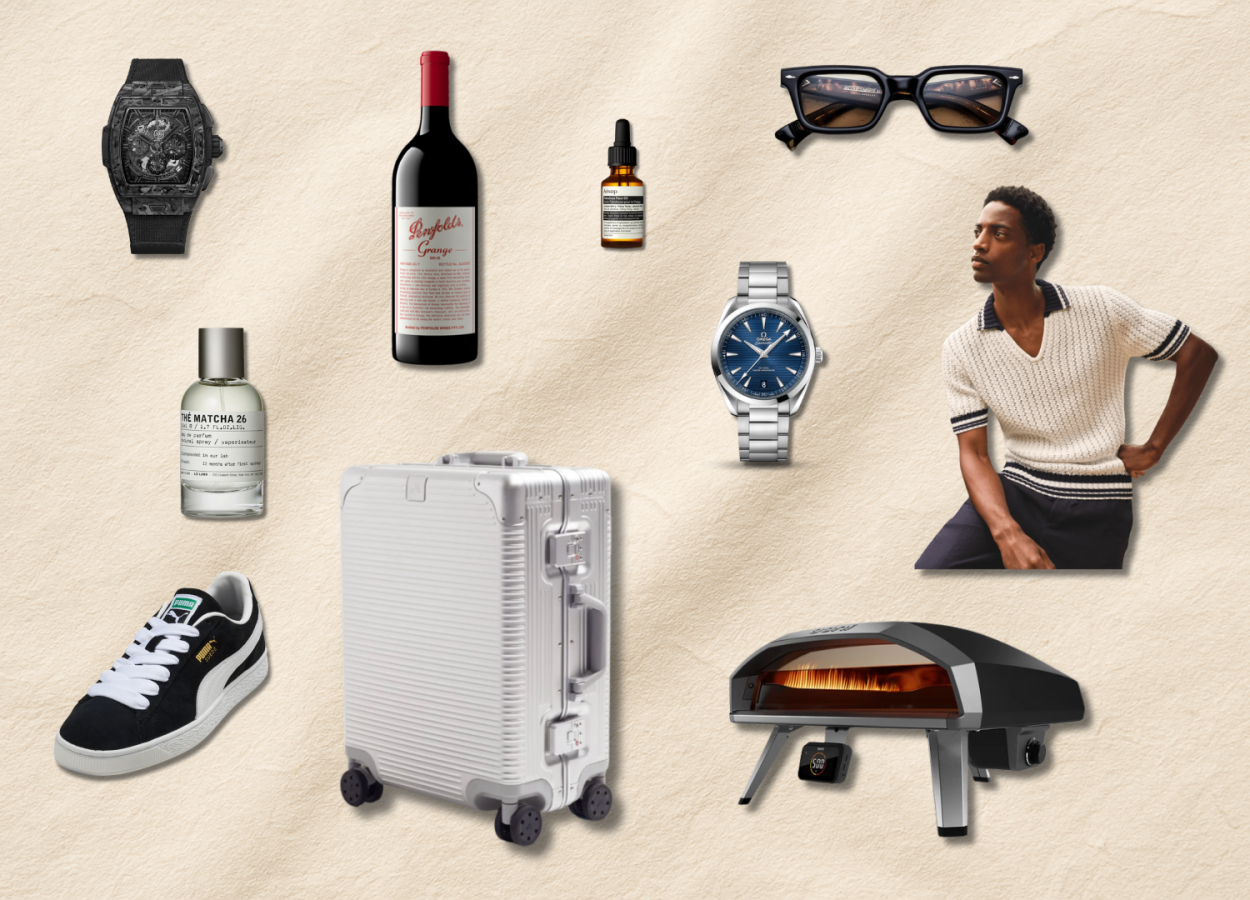As flat whites push past the $7 mark, a new status symbol has emerged: the $7,000 home coffee machine. From suburban kitchens to sports stars’ hotel rooms, Australians are redefining value in a $1.6 billion caffeine economy.
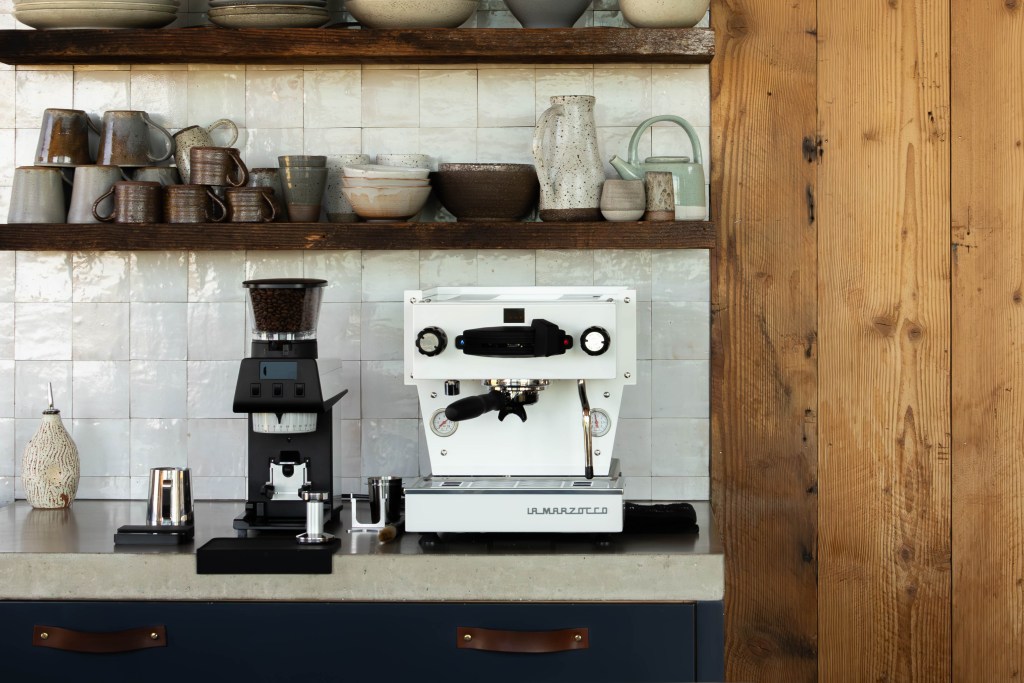
When Marnus Labuschagne set out for a tour of Pakistan, his kit bag wasn’t the only thing that needed padding. Tucked carefully alongside it was a 32-kilogram espresso machine. During the team’s 2022 tour, when Australia’s test cricket team were confined to hotels under tight security, Labuschagne convinced La Marzocco’s Australian boss, Barry Moore, to loan him one.
The machine, wrapped in a custom leather cricket-ball design, became a lifeline for the caffeine-starved squad. “They couldn’t leave the hotel, and they knew coffee would be pretty average,” Moore recalls. “So they brewed it themselves – and suddenly half the team were home baristas.”
What started as a one-off for the batsman has become a national pattern.
More Australians are spending thousands – sometimes tens of thousands – on café-grade coffee machines for home use. It’s part of a broader economic and cultural shift that’s reshaping one of the country’s most entrenched rituals: the daily flat white.
Australia’s coffee market is worth about USD 1.6 billion, according to data from Ken Research, supported by a café culture that shows no signs of slowing. Australians now drink around 3.2 billion cups of coffee a year.
Moore says that shift began during lockdowns. “People already had home machines, but what changed during COVID was the expectation. They started to realise they could make café-quality coffee themselves – and they didn’t go back.”
The market data backs him up. Online coffee and equipment sales grew more than 20 percent last year, reaching roughly AUD 540 million. Premiumisation – the move toward higher-priced, better-quality products – is reshaping how Australians buy, brew, and think about coffee.
“It’s the same mindset as buying a great oven or sound system,” Moore says. “You do it because it makes something you love even better.”
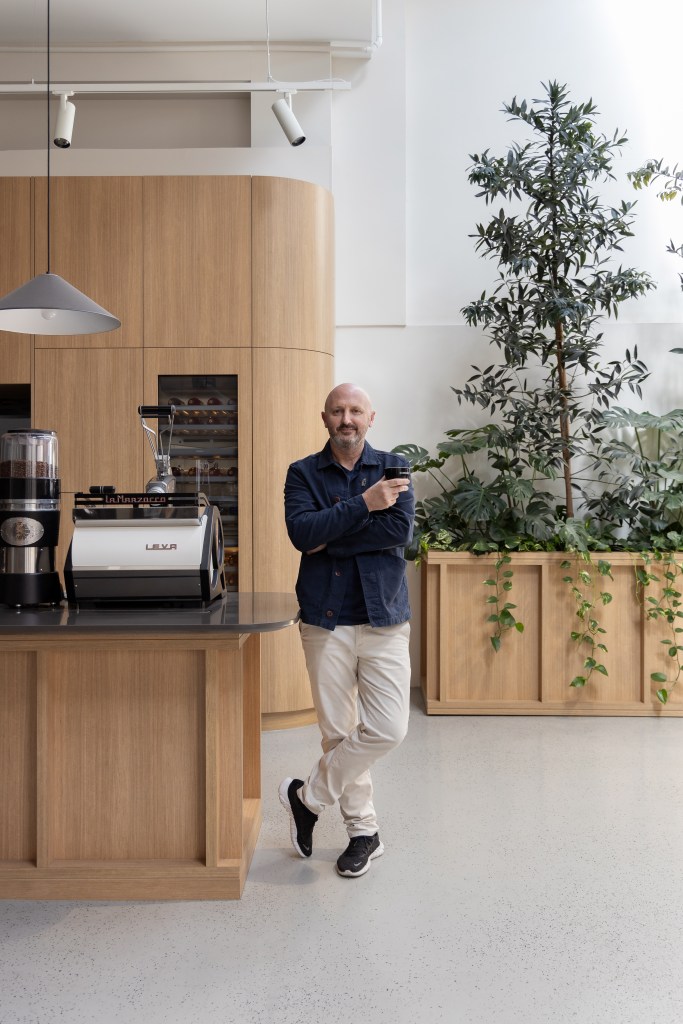
La Marzocco sits at the top of Australia’s fast-growing home espresso market. The Italian brand, best known for its hand-built commercial machines, has found unexpected momentum with two models: the Linea Mini ($8,499) and the smaller Linea Micra ($6,000). Moore says for some, it’s a statement piece; for others, a way to reclaim a small part of their daily ritual as cafe prices soar.
Paul Geshos, founder of Mecca Coffee, has seen it from both sides. “Everything’s gone up – rent, labour, utilities, beans,” he says. “No one’s trying to gouge customers. Everyone’s just trying to survive.”
But he understands why people are doing the math. “You can buy a bag of really good beans for thirty bucks and get a dozen coffees out of it,” he says. “Once you start doing the math, it makes sense.”
Still, not everything about the café is replaceable. “You can make a great coffee at home, but you can’t replace the walk, the chat, or the community,” Geshos says. “That part doesn’t translate.”
Australia’s love affair with coffee runs deep. From the post-war Italian migrants who introduced espresso culture to Melbourne, to the rise of third-wave roasters who built an industry around origin, roast, and ritual, the culture has matured into something globally influential.
“We’re the most mature and sophisticated coffee market in the world,” Moore says. “You can walk into almost any suburb here and expect it to be good – that’s not normal elsewhere.”
He’s not exaggerating. Australian baristas have exported that standard to London, Singapore, and even Milan – the birthplace of espresso. “You’ll see Australian baristas running cafés in Milan and Singapore,” Moore says. “That’s how far our standards have travelled.”
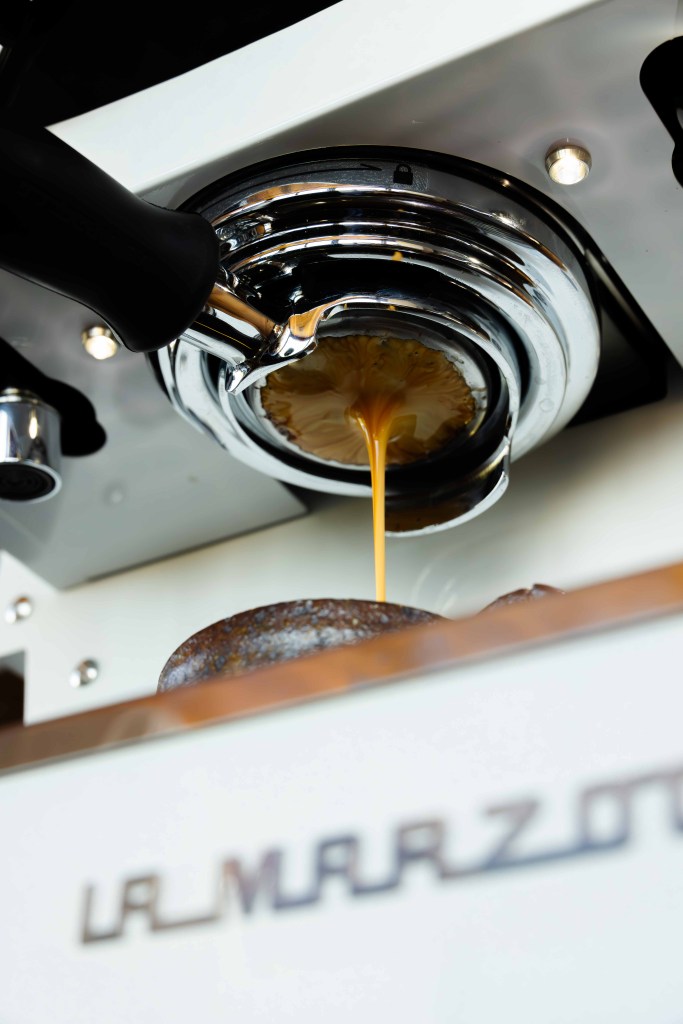
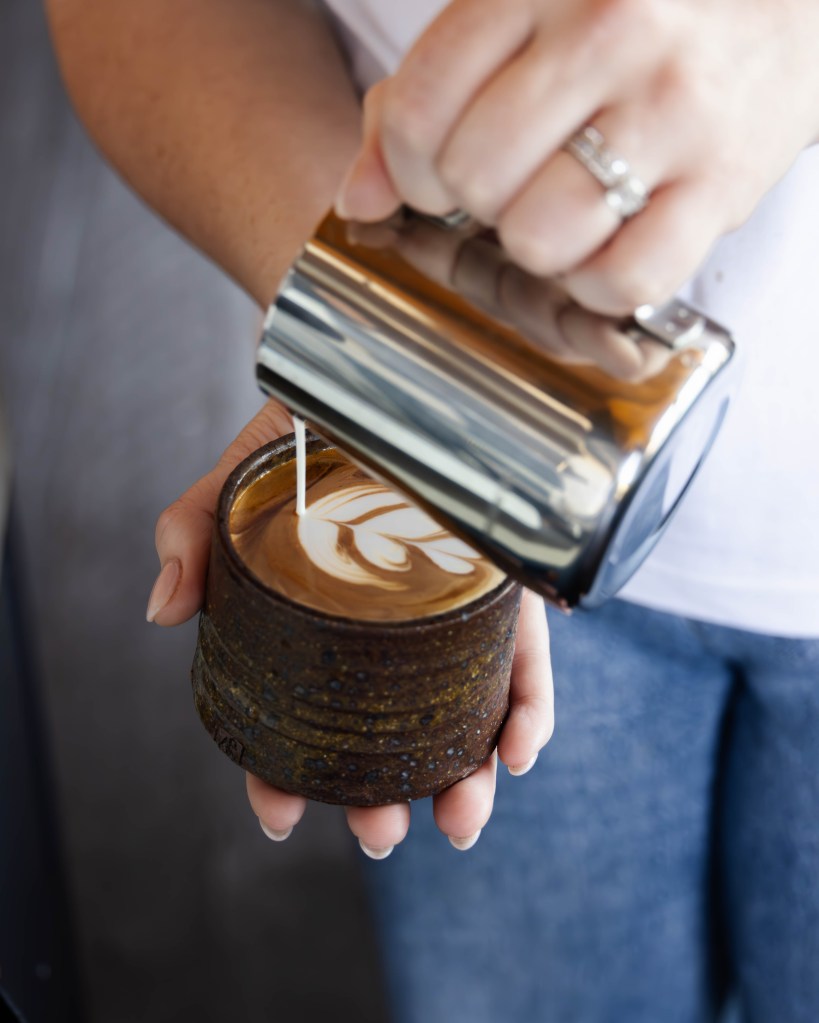
It’s that reputation that makes Australians so particular about their morning brew. He says local drinkers expect precision and consistency whether it’s poured by a barista or by themselves. And now, they’re willing to pay for it.
While cafés still dominate by revenue, households are the fastest-growing part of the market. The number of premium machine imports has climbed every year since 2020.
For Moore, it reflects how Australians treat coffee as both craft and comfort. “People here genuinely care about the details,” he says. “They know when it’s off by a few degrees or over-extracted. They take pride in it.”
Geshos agrees, but points out the emotional side hasn’t gone anywhere. “People still see it as this simple pleasure they’re not willing to give up,” he says.
Look back on the week that was with hand-picked articles from Australia and around the world. Sign up to the Forbes Australia newsletter here or become a member here.
